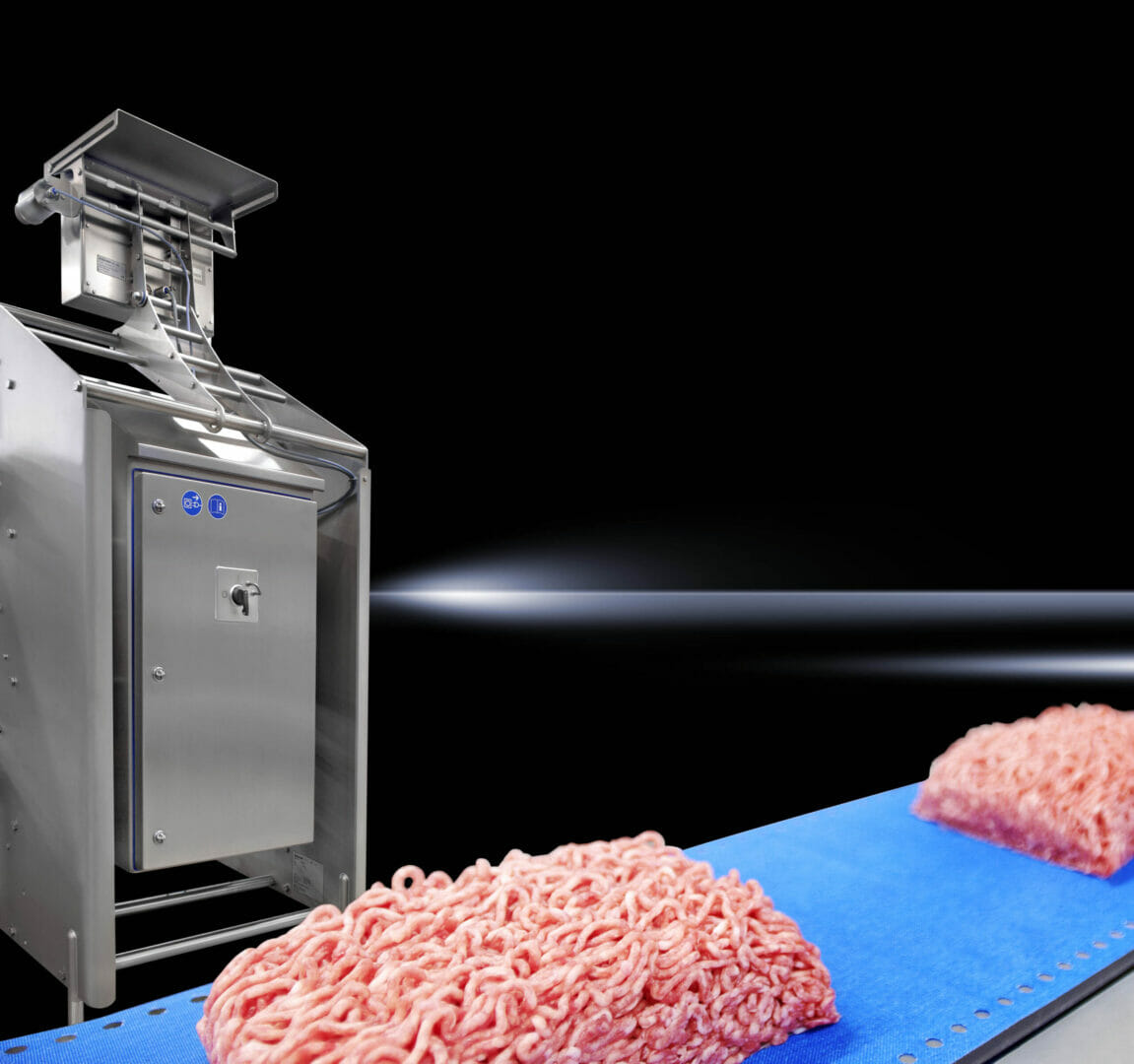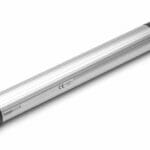By Emma Ryde, Rittal Product Manager for Industrial and Outdoor Enclosures
Over the last 12 years, I have visited hundreds of end-user sites to assist with the specification of enclosures and relevant cooling and power distribution products.
During that time, it has become all too apparent that most enclosures (whatever the application) are selected primarily for their IP rating. Unfortunately, it’s a misconception that an IP rating is fundamentally the most important feature of an enclosure. While IP is very important, the overall design of the enclosure must also be considered if the enclosure is to deliver against the specification and fulfil the brief.
This is particularly true of an environment such as food and beverage, where an IP rating that matches the harsh washdown procedures is vital, but there are other considerations that are just as important.
Over the years, I have seen:
- enclosures that are filled with water and foodstuffs (despite the IP rating)
- enclosures with metal lock parts missing,
- enclosures specified by material only (stainless)
- and (worst of all), enclosures chosen on the basis of cost alone
Given that one of the biggest concerns in the food and beverage sector is lowering the risk of bacterial- and cross- contamination, I find it hard to understand why more end-users don’t address these issues. Still more, why they continue to specify products that don’t meet hygiene standards and are sub-standard for the application from the get-go?
The first question of course is, whose responsibility is it to select the right product? The Electrical Engineer? The Production Manager? The Hygiene Officer? Or the Maintenance Engineer?
As a responsible supplier, we will try and educate customers as which is the right product for their application so that when they do make their choice, it’s an informed decision.
A standard enclosure is typically built to prevent dust ingress and to protect the installed equipment. This is equally applicable to Hygienic Design (HD) enclosures except that any specification needs to consider much more than just those few factors.
In a food manufacturing environment, there are specific inner zones where hygiene has highest priority. These zones are where open processing of the food takes place and because of this, these areas are cleaned deeply and thoroughly. High-power hot jets of water will typically cover the production lines and any equipment in or around it, while chemicals can also be used to eliminate bacteria. So, if the equipment in that space isn’t designed for those sorts of conditions then the outcome will be degradation, down-time and (worst case) foodstuff and bacteria still being present.
Door Seals: The seals on standard enclosures are designed to keep out wind and driving rain, not high-pressure hot water. In this type of environment, they will only withstand so much before they breakdown and start to allow water into the enclosure. The water will impact the components within the enclosure and increase the risk of stopping production.
I’ve seen many enclosures where the seals have broken down over time and the washdown cleaning process has then forced foodstuff into them. This then becomes a breeding ground for bacteria.
External Design: Standard enclosures are usually designed to be placed inside a factory and not in a space where there is likely to be water.
In fact, standard enclosure design makes deep cleaning near impossible. This includes hinges, door locks, cable glands and plinths, all of which have areas where foodstuff can congregate.
A specially designed HD enclosure addresses these issues.
HD enclosure will have wall brackets that are round and smooth, a door with a sloping upper edge to prevent water collecting on it which could erode the seal, and cable glands with interior threads so the outer surface is smooth.
Summary
Electrical enclosures are a fundamental part of the production line but are usually overlooked as just a ‘metal box’.
This ’metal box’ houses the heart of the production line; it protects thousands of pounds worth of equipment and ensures that production lines keep running, preventing downtime. It also keeps staff members safe from electrical components, and in specific applications, it should be sympathetic to its environment.
One size doesn’t fit all as they say, the wrong enclosure could do more harm than good and ultimately create more problems.
Selecting the right product for the right application means time and attention can be focused elsewhere, giving manufacturers lasting peace of mind.
Further information at www.rittal.co.uk and www.friedhelm-loh-group.com or on twitter @rittal_ltd.





